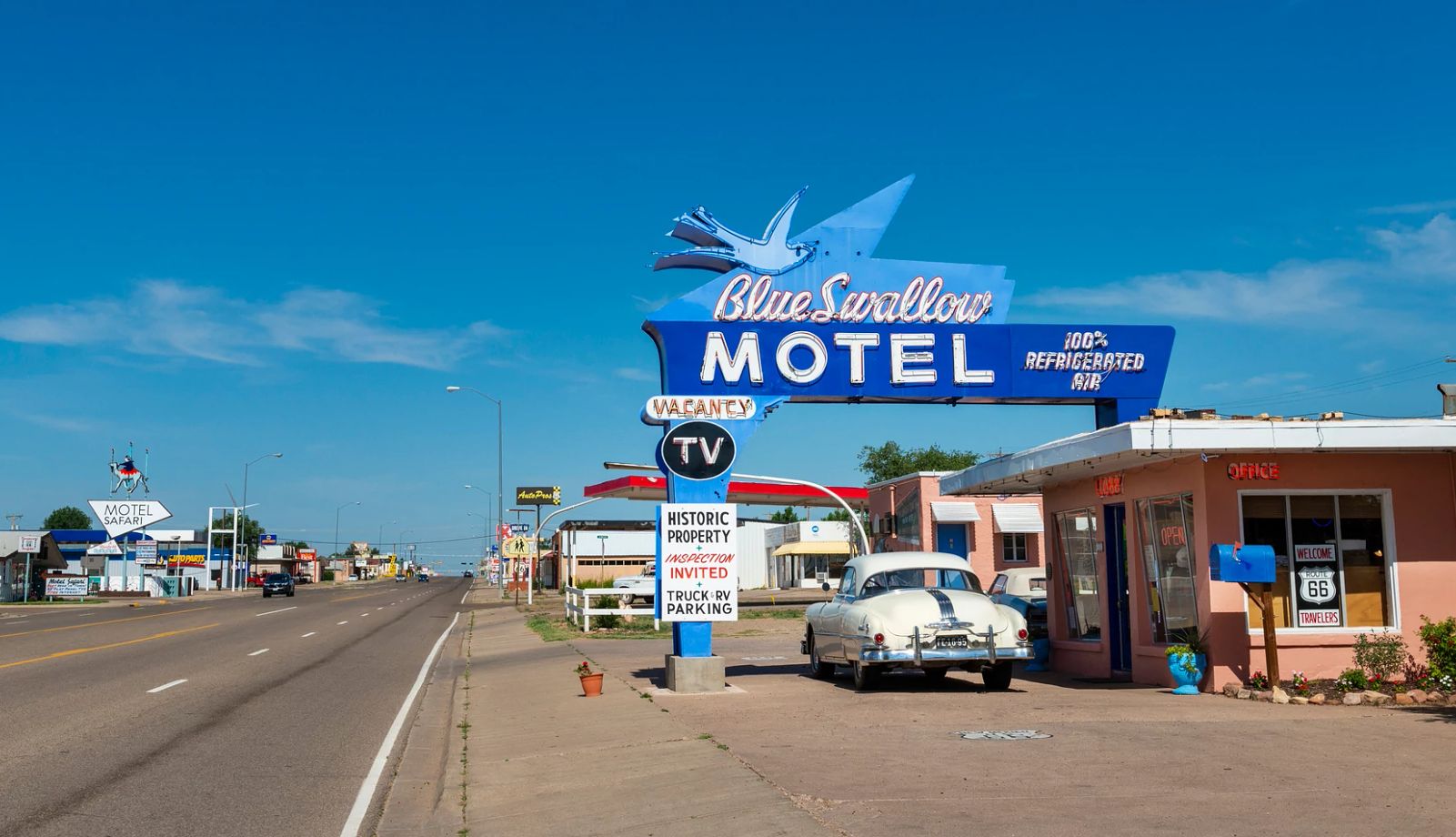AARP Eye Center
- right_container
- Health
- Money
- Work & Jobs
- Advocacy
- Social Security
- Medicare
- Caregiving
- Games
- Travel
- More...
Lake Sakakawea State Park

History:
North Dakota's Lake Sakakawea, along with Lake Mead (Hoover Dam) in Nevada and Lake Powell (Glen Canyon Dam) in Arizona, are the nation's three largest man-made reservoirs.
Lake Sakakawea was created upon completion of Garrison Dam, one of six main stem dams in the Pick-Sloan Plan for development of the Missouri River Basin. Other dams along the Missouri are Ft. Peck in Montana and Oahe, Big Bend, Ft. Randall and Gavins Point dams in South Dakota.
Authorized under the Flood Control Act of 1944, construction of Garrison Dam began in 1947. Total cost was $294 million. The dam and lake are managed by the U.S. Army Corps of Engineers. The Corps of Engineers initially developed the park, originally called Garrison Lake State Park, for recreational use and lake access. The North Dakota Parks and Recreation Department assumed management of the park in 1965 and renamed it Lake Sakakawea State Park.
The Lewis and Clark Expedition:
Both the lake and park are named in honor of Sakakawea, the 16-year-old woman who accompanied the Lewis and Clark Expedition in 1805-1806 on their search for a water route to the Pacific Ocean. The name "Sakakawea" (sa-ka'-ka-we-a) comes from the Hidatsa language meaning "Bird Woman." In other parts of the country, she is known as Sacagawea. A member of the Shoshone tribe, she had been captured by a raiding party around the turn of the century. Sometime in 1804, the French-Canadian trapper, Toussaint Charbonneau, who lived among the Mandan and Hidatsa near the mouth of the Knife River, purchased Sakakawea as his wife.
The Lewis and Clark Expedition constructed their 1804-1805 winter camp, Fort Mandan, near the Knife River Indian Villages and hired Charbonneau to serve as an interpreter on the expedition's westward journey. It was at Fort Mandan that winter that Sakakawea gave birth to her first child, Jean Baptiste Charbonneau, or "Pomp." Two months later, on April 7, 1805, the expedition continued its journey west, accompanied by Charbonneau and Sakakawea, who carried her young son on a cradleboard.
While it was Charbonneau who had been officially hired as an interpreter, Sakakawea's presence proved invaluable to the expedition. In western Montana, the Corps encountered a Shoshone camp led by Chief Cameahwait, Sakakawea's brother. The expedition obtained horses and guides from the Shoshone to make their treacherous journey over the Rocky Mountains.
The presence of a young woman and child also signaled to the various tribes encountered along the way that the expedition was peaceful. On the journey home, Charbonneau, Sakakawea and Pomp returned to the Hidatsa village at the mouth of the Knife River, where the trapper was paid $500 for his services. Later, Clark was to write Chabonneau, "Your woman who accompanied you that long dangerous and fatiguing rout to the Pacific Ocian and bak diserved a greater reward for her attention and services on that rout that we had in our power to give her."
The Lewis and Clark Expedition camped near the park on both their journey west and on their trip home. On April 9, 1805, the expedition camped on the north side of the Missouri River, about 15 miles above what was then the mouth of Snake Creek. On August 13, 1806, on their way back to St. Louis, they again camped near the mouth of the Snake. Due to the changing course of the Missouri River and the creation of Lake Sakakawea, many of the Lewis and Clark campsites, including those near the park are now underwater.
AARP Events for Rosholt
-
Try Zumba Gold for Fitness and Brain Health
Wednesday, Dec 24, 2025 at 10:00 a.m. CT
Zoom
Online Event
-
Take a Seat and Boost Your Strength and Fitness!
Wednesday, Dec 24, 2025 at 2:00 p.m. CT
Zoom
Online Event
-
Practice Tai Chi to Boost Strength and Balance
Friday, Dec 26, 2025 at 5:00 p.m. CT
Zoom
Online Event

































































